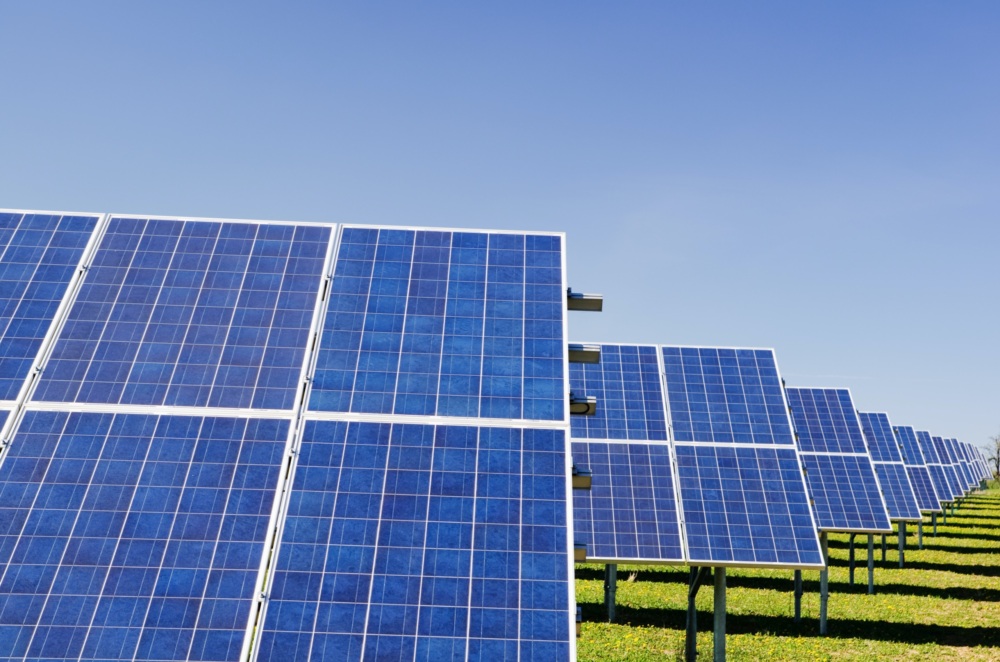Executive Summary
In 2016, Zambia’s utility-scale solar auction set records by achieving tariffs as low as 6 US cents per kilowatt hour. Zambia was the first country to sign up for the IFC’s Scaling Solar Program, which aimed to be a one-stop shop for African governments seeking to build solar capacity. The World Bank Group’s official messaging emphasized the role of best practices in Zambia’s auction success. The results, they claimed, were even more meaningful because they involved no explicit or implicit subsidies.
Scaling Solar itself did not scale. Although thoughtfully designed, only three countries completed projects under the program (in addition to Zambia, solar projects were built in Senegal and Uzbekistan). More broadly, the initiative did not fulfill its grand vision of providing a demonstration model that could be replicated widely.
Nor did it scale the broader solar market it intended to catalyze. Despite falling prices and rapid global expansion, Sub-Saharan Africa (ex-South Africa) remains a laggard. The region of over 1 billion people has built only one-third of the solar capacity of South Africa (population 62 million), a country famous for chronic electricity load-shedding.
This paper re-examines the record of the IFC’s Scaling Solar in Zambia to uncover policy-relevant insights that can help reignite progress toward clean, affordable energy for all. It concludes that Scaling Solar was a well-designed development finance program tackling a challenging issue. However, official messaging undermined the program’s goals by denying or downplaying the critical role of explicit and implicit subsidies in Zambia’s success. This distorted price signals for African governments and solar developers. Poor messaging also undercut the case for the expansion of concessional lending vital in bringing down the cost of capital and making solar projects financially viable in lower-income countries.
The paper concludes by proposing three actionable steps the IFC could take to return to the original vision of the Scaling Solar initiative:
- Acknowledge that expanding clean power access will continue to rely heavily on concessional DFI lending and guarantees to reduce the cost of capital.
- Transparently report explicit and implicit subsidies.
- Innovate to enhance power contract transparency, empowering market participants to scrutinize pricing drivers and prevent the accumulation of large undisclosed public debts.
For more, read our full report (27 pages) here.

